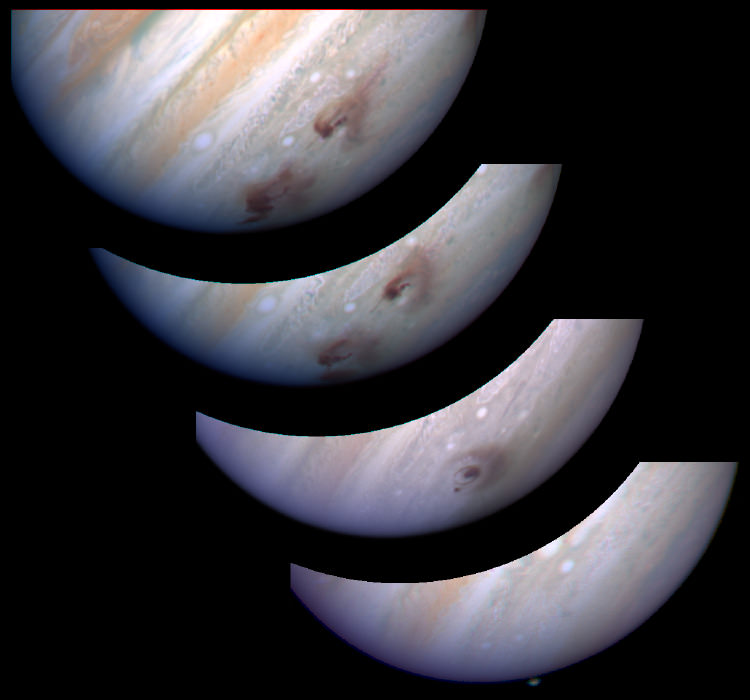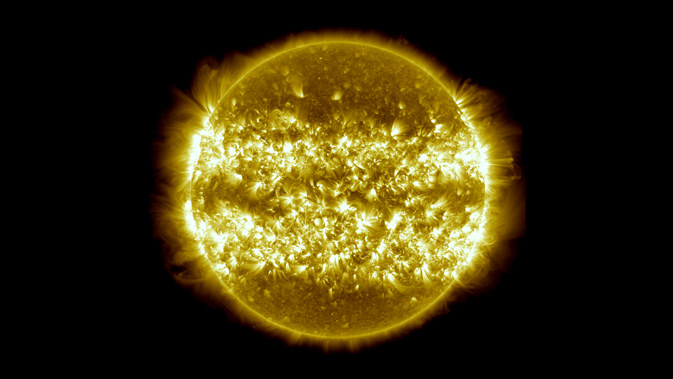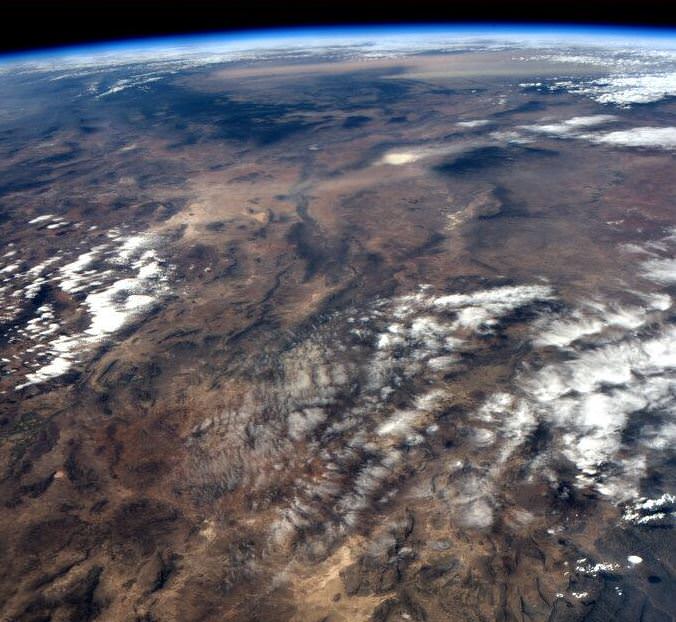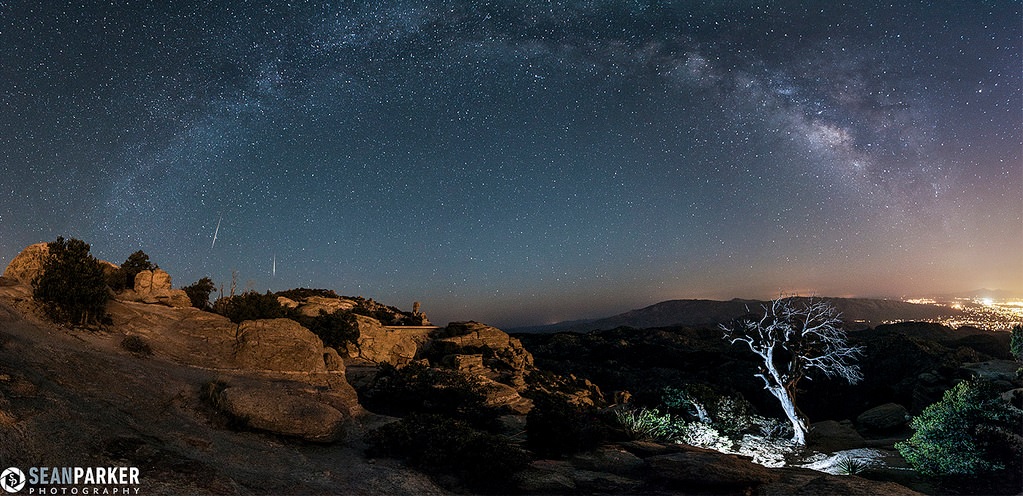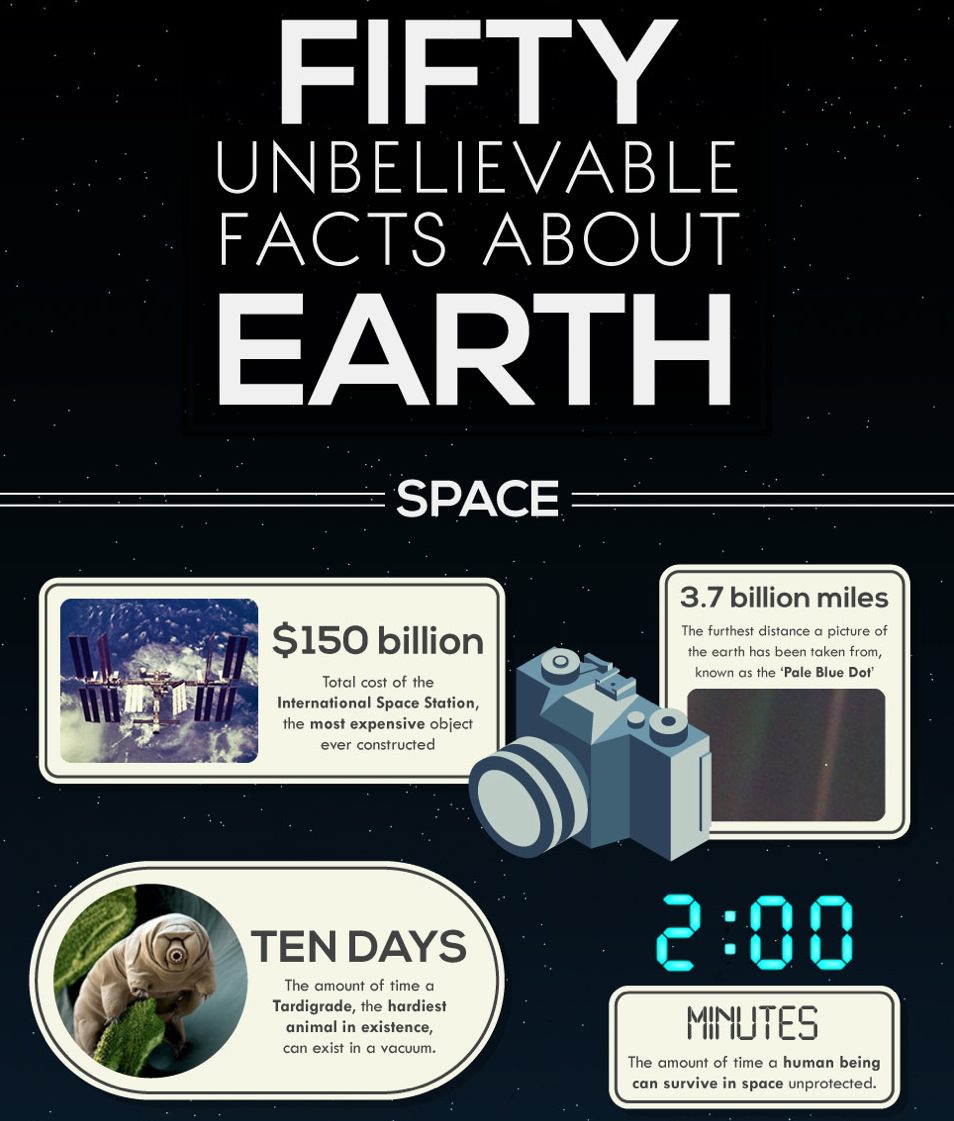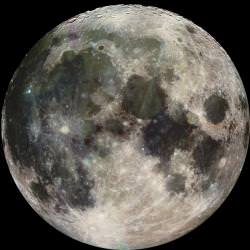A large comet that peppered Jupiter two decades ago brought water into the giant planet’s atmosphere, according to new research from the Herschel space observatory.
Shoemaker-Levy 9 astounded astronomers worldwide when its 21 fragments hit Jupiter in June 1994. The event was predicted and observatories were trained on Jupiter as the impact occurred. The dark splotches the comet left behind were even visible in small telescopes. But apparently, those weren’t the only effects of the collision.
Herschel’s infrared camera revealed there is two to three times more water in the southern hemisphere of the planet, where the comet slammed into the atmosphere, than in the northern hemisphere. Further, the water is concentrated in high altitudes, around the various sites where Shoemaker-Levy 9 left its mark.
It is possible, researchers acknowledged, that water could have come from interplanetary dust striking Jupiter, almost like a “steady rain.” If this were the case, however, scientists expect the water would be evenly distributed and also would have filtered to lower altitudes. Jupiter’s icy moons were also in the wrong locations, researchers said, to have sent water towards the massive planet.
Internal water rising up was ruled out because it cannot penetrate the “cold trap” between Jupiter’s stratosphere and cloud deck, the researchers added.
“According to our models, as much as 95 percent of the water in the stratosphere is due to the comet impact,” said Thibault Cavalié of the Astrophysical Laboratory of Bordeaux, in France, who led the research.

While researchers have suspected for years that Jupiter’s water came from the comet — ESA’s Infrared Space Observatory saw the water there years ago — these new observations provide more direct evidence of Shoemaker-Levy 9’s effect. The results were published in Astronomy and Astrophysics.
Herschel’s find provides more fodder for two missions that are scheduled for Jupiter observations in the coming few years. The first goal for NASA’s Juno spacecraft, which is en route and will arrive in 2016, is to figure out how much water is in Jupiter’s atmosphere.
Additionally, ESA’s Jupiter Icy moons Explorer (JUICE) mission is expected to launch in 2022. “It will map the distribution of Jupiter’s atmospheric ingredients in even greater detail,” ESA stated.
While ESA did not link the finding to how water came to be on Earth, some researchers believe that it was comets that delivered the liquid on to our planet early in Earth’s history. Others, however, say that it was outgassing from volcanic rocks that added water to the surface.
Conventional theory dictates ice was in our solar system from when it was formed, and today we know that many planets have water in some form. Last year, for example, water ice and organics were spotted at Mercury’s north pole.
Mars appeared to be full of water in the ancient past, as evidenced by a huge, underground trench recently discovered by scientists. There is frozen water at the Martian poles, and both the Curiosity and Spirit/Opportunity rover missions have found evidence of flowing water on the surface in the past.
The outer solar system also has its share of water, including in all four giant planets (Jupiter, Saturn, Uranus and Neptune) and (in ice form) on various moons. Even some exoplanets have water vapor in their atmospheres.
“All four giant planets in the outer solar system have water in their atmospheres, but there may be four different scenarios for how they got it,” added Cavalié. “For Jupiter, it is clear that Shoemaker-Levy 9 is by far the dominant source, even if other external sources may contribute also.”
Source: European Space Agency

